Aroid plants, with their diverse shapes, captivating foliage, and unique blooms, have captivated plant enthusiasts worldwide. Propagating these beauties through tissue culture offers a rapid and efficient method for producing numerous clones. However, the journey from sterile lab conditions to vibrant, thriving plants in your home or garden requires a crucial step: acclimatization. This process, often referred to as hardening off, is crucial for transitioning tissue culture plants from their artificial environment to the natural world. It involves gradually introducing them to the challenges of light, humidity, temperature fluctuations, and potential pests and diseases. Acclimatization is a delicate dance, requiring careful observation and nuanced adjustments to ensure the success of your precious aroid plants.
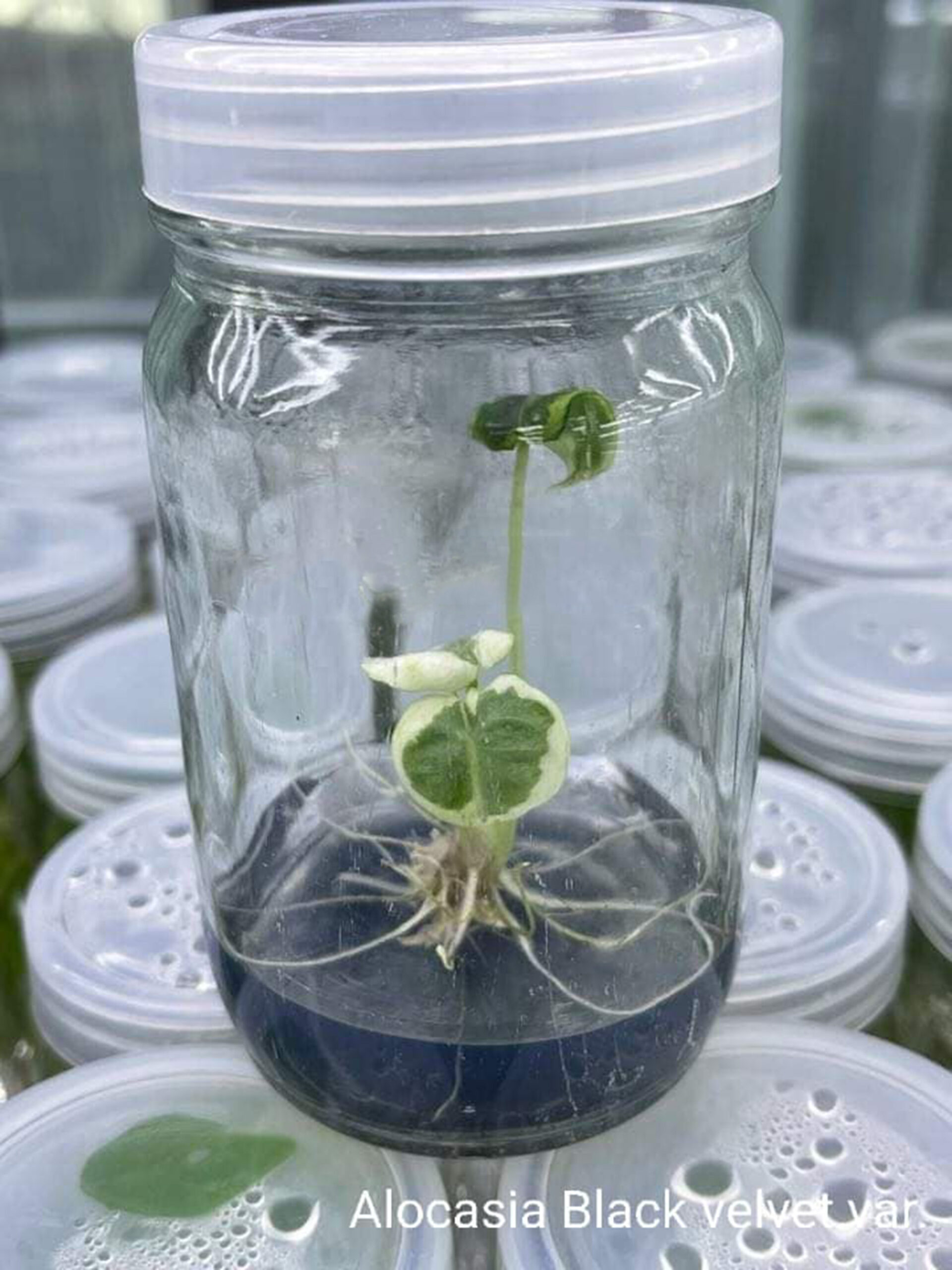
Hardening off tissue-cultured plants
Emerging from the controlled environment of a tissue culture lab, tissue culture plantlets are often fragile and susceptible to stress. They lack the resilience built up through natural growth, making them vulnerable to adverse conditions. Hardening off is the process of gradually exposing these plantlets to conditions that mimic their eventual outdoor environment.
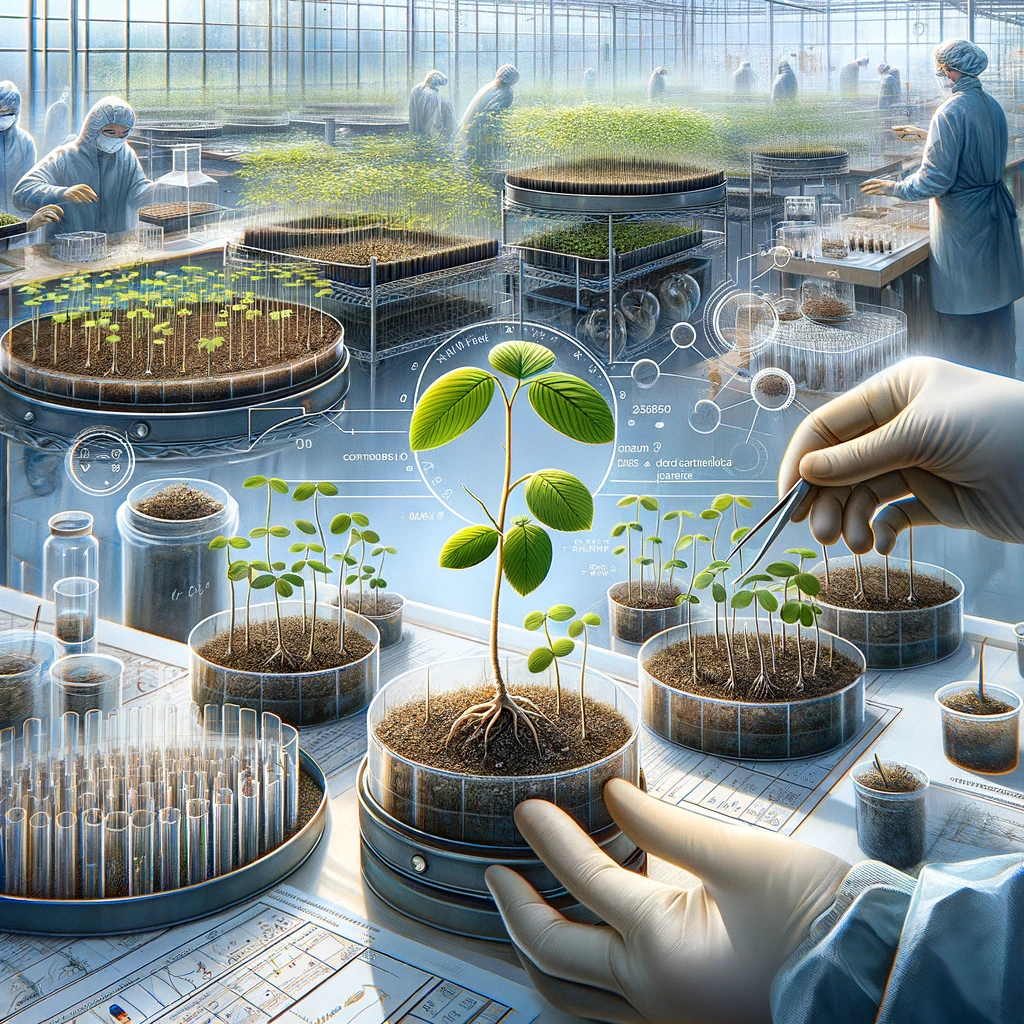
Adjusting light levels
The first and most crucial step in the hardening off process is to gradually acclimate the plantlets to higher light levels. In the tissue culture lab, plants are typically grown under low light conditions, often with artificial lighting. Exposing them directly to bright, natural sunlight can cause severe stress and even damage the delicate foliage.
- Start by placing the plants in a shaded area, such as a greenhouse or a well-lit room with indirect sunlight.
- Gradually increase the exposure to light over the course of several weeks, moving the plants to slightly brighter locations every few days.
- Monitor the plants closely for signs of stress, such as wilting, discoloration, or leaf curling, and adjust the light levels accordingly.
- Avoid sudden changes in light intensity, as this can be a major shock to the plants.
Regulating humidity
Tissue culture plants are often accustomed to high humidity levels, which are essential for maintaining their growth and preventing desiccation. However, outdoor environments typically have lower humidity levels, which can cause stress and increased susceptibility to pests and diseases.
| Humidity Level | Recommended Duration |
|---|---|
| 90-100% | 1-2 weeks |
| 80-90% | 1-2 weeks |
| 70-80% | 1-2 weeks |
| 60-70% | 1-2 weeks |
| 50-60% | Onwards |
- Start by maintaining a high humidity level of 90-100% for the first 1-2 weeks.
- Gradually reduce the humidity over the course of several weeks, aiming for a range of 50-60% by the end of the acclimatization process.
- Use a humidity tent, a misting system, or a pebble tray to maintain the desired humidity levels.
- Monitor the plants closely for signs of stress, such as wilting or leaf curling, and adjust the humidity accordingly.
Controlling temperature
Tissue culture plants are typically grown in a controlled environment with stable, optimal temperatures. Exposing them to significant temperature fluctuations can be a significant source of stress.
- Maintain a consistent temperature range during the acclimatization process, ideally within 5-10°F (3-6°C) of the eventual outdoor conditions.
- Gradually introduce the plants to slightly wider temperature ranges, allowing them to adapt over time.
- Avoid sudden or extreme temperature changes, as this can cause leaf damage, growth stunting, or even plant death.
- Monitor the plants closely for signs of stress, such as wilting, discoloration, or stunted growth, and make necessary adjustments to the temperature.
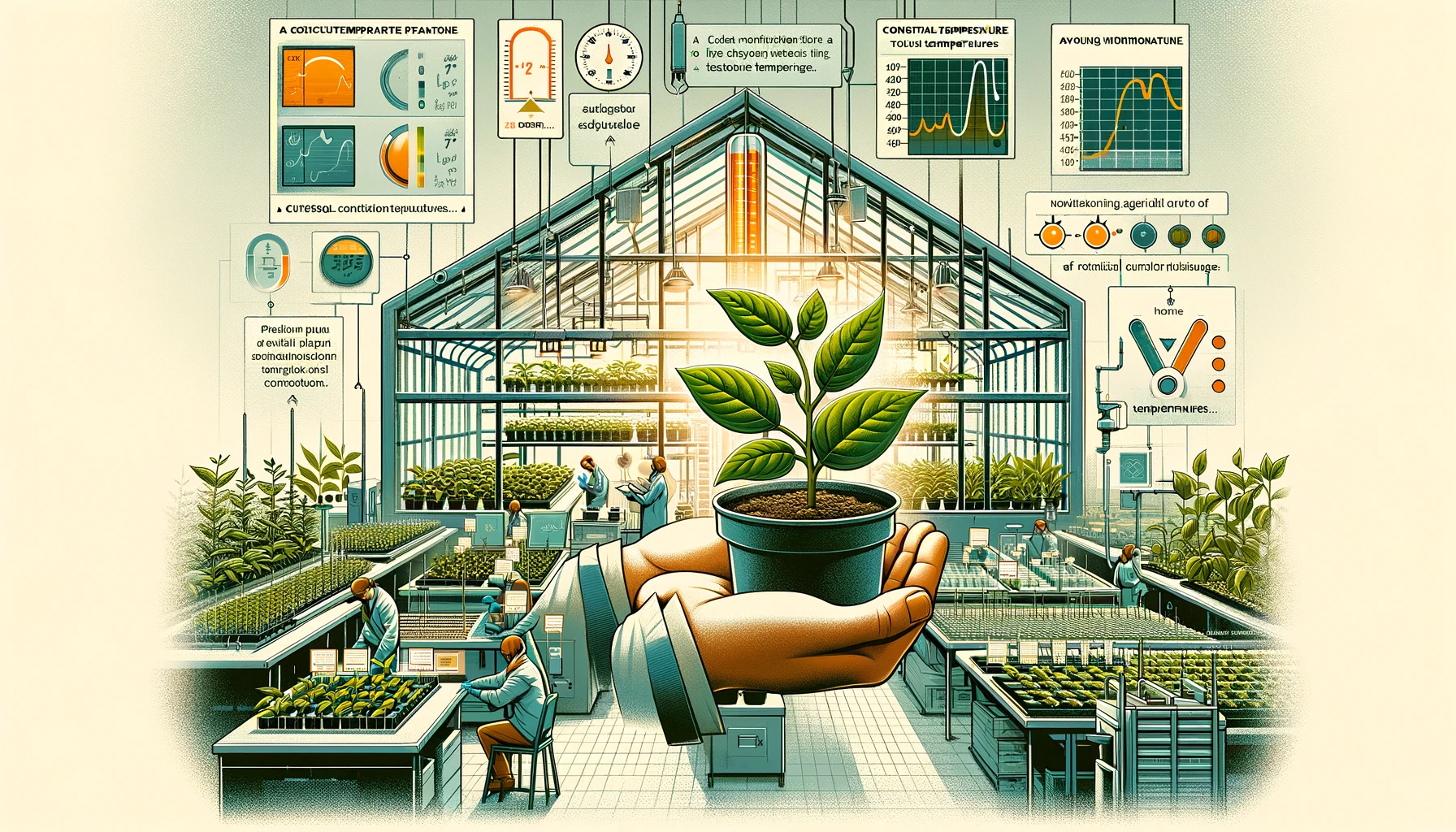
Monitoring for pests and diseases
Tissue culture plants, while protected from many environmental stresses, may be more susceptible to pests and diseases due to their weakened state.
- Regularly inspect the plants for signs of pests or disease, such as aphids, mealybugs, or fungal infections.
- Implement a gentle, organic pest management strategy, using methods like hand-picking pests, applying insecticidal soaps, or using beneficial insects.
- Maintain good air circulation and avoid overcrowding to minimize the spread of diseases.
- Consider applying a diluted fungicide or bactericide if necessary, but always follow the manufacturer’s instructions carefully.
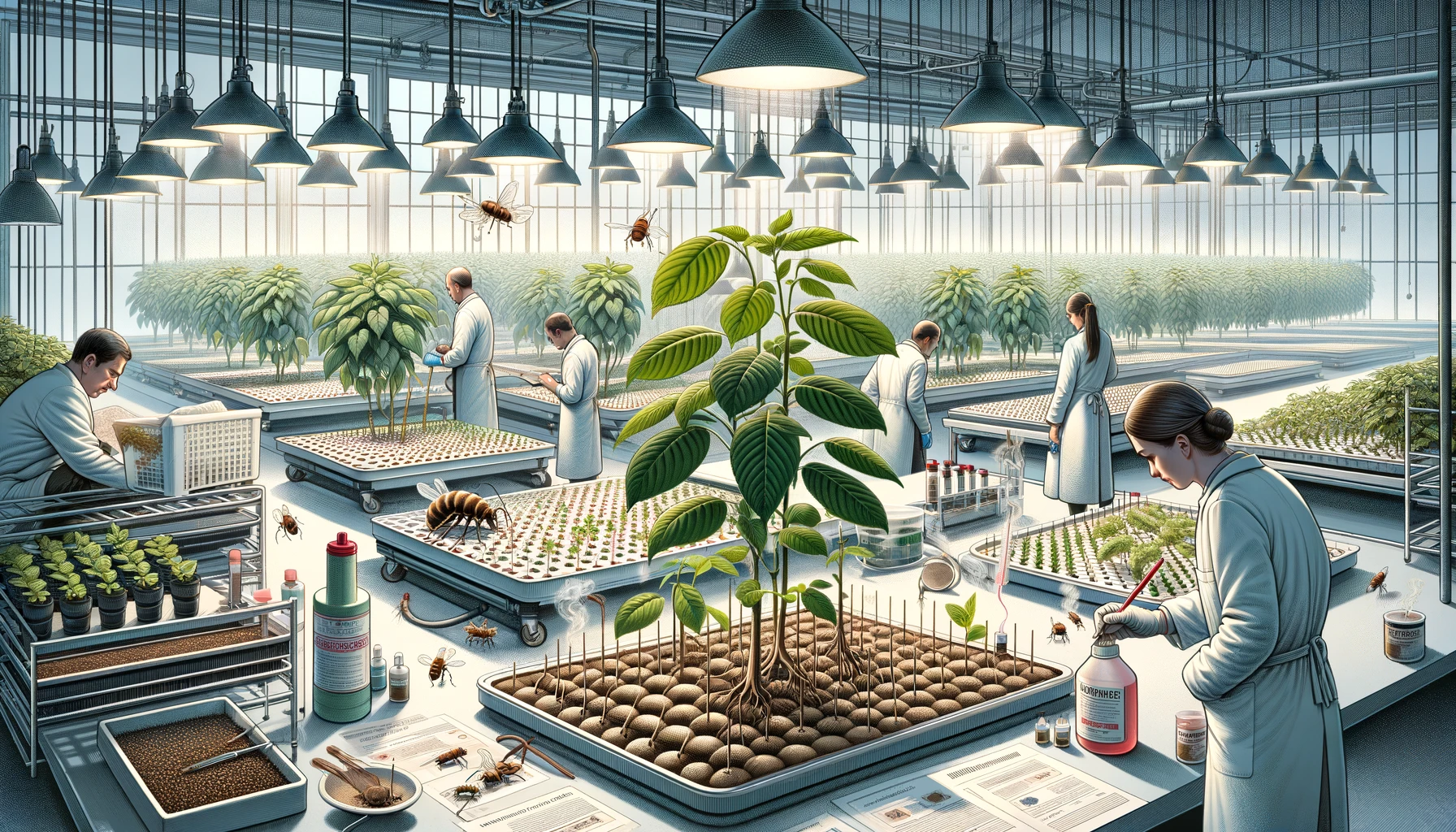
Transitioning plants to soil
Once the plants have been successfully hardened off and are acclimated to the new environmental conditions, it’s time to transition them to their permanent growing medium.
Choosing the right growing medium
The choice of growing medium is crucial for the long-term success of your aroid plants. Consider the following factors:
- Drainage: Aroid plants prefer well-draining, airy potting mixes to prevent waterlogging and root rot.
- Nutrient content: Select a mix that provides a balanced supply of essential nutrients for healthy growth.
- pH: Aroid plants generally thrive in slightly acidic to neutral soil, with a pH range of 5.5 to 7.0.
Repotting and transplanting
The process of repotting and transplanting tissue culture plants requires careful handling and attention to detail.
- Prepare the new growing medium: Fill the new container with the chosen potting mix, lightly compacting it to ensure good contact with the roots.
- Gently remove the plants from their tissue culture containers: Avoid damaging the delicate roots during this process.
- Plant the aroid in the new container: Ensure the root ball is buried at the same depth as it was in the tissue culture container.
- Water the plant thoroughly: Avoid over-watering, as this can lead to root rot.
- Keep the plant in a shaded, protected area for the first few days: This will help reduce transplant shock and allow the plant to acclimate to the new environment.
Monitoring and care
After transplanting, continue to closely monitor the aroid plants for signs of stress or adjustments.
- Observe the plant’s growth and development, looking for new leaf production, root expansion, and overall vigor.
- Adjust watering schedules as needed, ensuring the soil stays consistently moist but not waterlogged.
- Provide the appropriate light levels, gradually increasing exposure as the plant becomes more established.
- Fertilize the plants with a balanced, diluted fertilizer to support healthy growth and development.
- Prune any damaged or dying leaves or stems to redirect the plant’s energy into new growth.
Environmental control during acclimatization
Maintaining optimal environmental conditions is crucial during the acclimatization process, as tissue culture plants are particularly sensitive to changes in their surroundings.
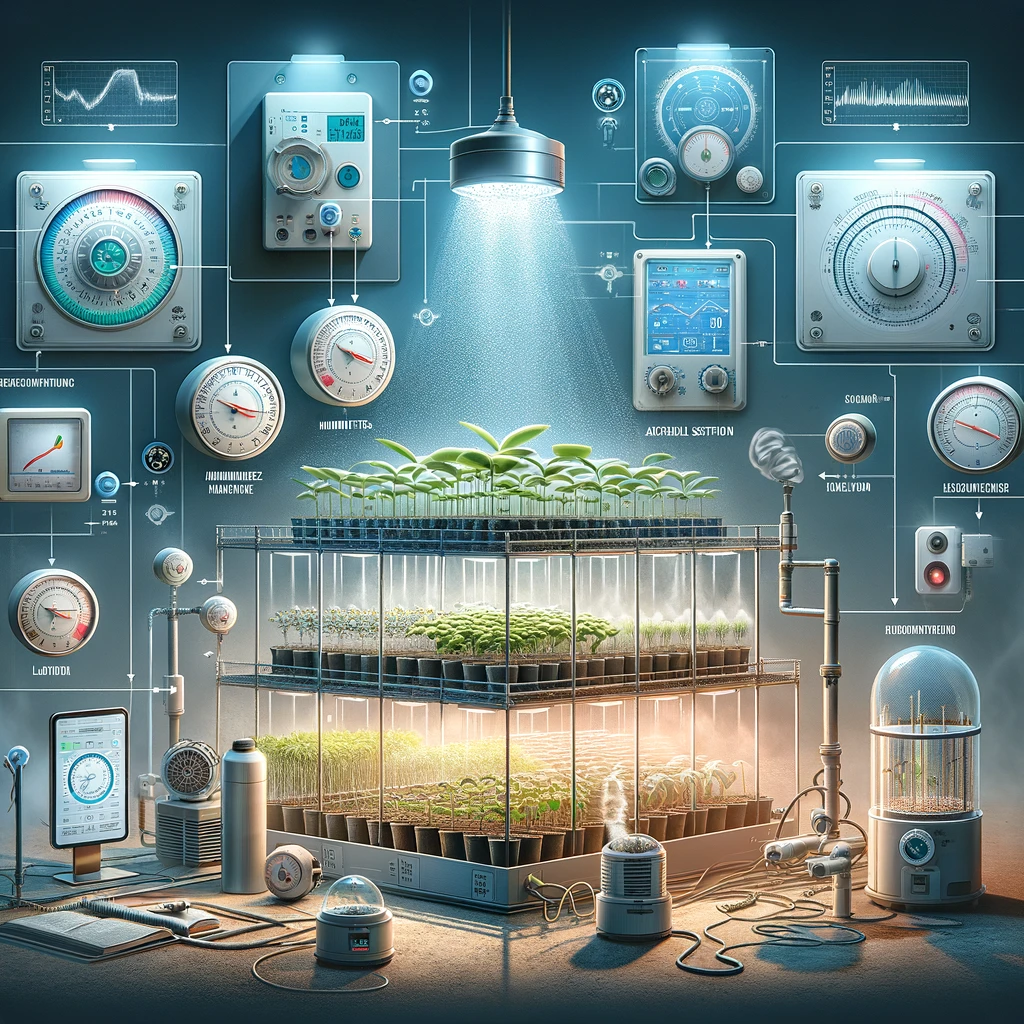
Controlled greenhouse or growth chamber
One of the most effective methods for acclimatizing tissue culture plants is to use a controlled greenhouse or growth chamber. These environments allow for precise control over the key environmental factors, such as light, humidity, and temperature.
- Greenhouses provide a semi-controlled environment, allowing for gradual exposure to natural light and outdoor conditions.
- Growth chambers offer even more precise control, with the ability to adjust light intensity, photoperiod, humidity, and temperature.
- Carefully monitor and adjust the environmental parameters to match the plants’ needs throughout the acclimatization process.
- Ensure adequate air circulation to prevent the buildup of pathogens and promote healthy growth.
Gradual exposure to outdoor conditions
If a controlled greenhouse or growth chamber is not available, you can gradually expose the tissue culture plants to outdoor conditions.
- Start by placing the plants in a shaded, sheltered area, such as a porch or a partially covered patio.
- Slowly increase the duration and intensity of the plants’ exposure to direct sunlight over the course of several weeks.
- Monitor the plants closely for signs of stress, and adjust the exposure as needed.
- Gradually introduce the plants to the natural fluctuations in temperature, humidity, and wind.
- Protect the plants from extreme weather conditions, such as heavy rain, strong winds, or sudden temperature drops.
Supplemental lighting and humidity control
In some cases, you may need to provide supplemental lighting or humidity control to ensure the successful acclimatization of your tissue culture plants.
- Use grow lights or LED lights to supplement natural light if the plants are not receiving enough during the acclimatization process.
- Maintain optimal humidity levels by using a humidifier, a humidity tent, or a pebble tray, especially during the initial stages of hardening off.
- Gradually reduce the supplemental lighting and humidity as the plants become more acclimated to the natural environment.
Pest and disease management
Vigilant monitoring and proactive pest and disease management are crucial during the acclimatization process.
- Regularly inspect the plants for signs of pests or disease, and take prompt action to address any issues.
- Use organic, low-impact pest control methods, such as insecticidal soaps or beneficial insects, to minimize the impact on the delicate tissue culture plants.
- Maintain good air circulation and avoid overcrowding to reduce the spread of diseases.
- Consider applying a diluted fungicide or bactericide if necessary, but always follow the manufacturer’s instructions carefully.
Conclusion
Acclimatizing tissue culture aroid plants is a critical step in ensuring the long-term success of these beautiful and unique plants. By carefully managing the transition from the controlled lab environment to the natural world, you can help your tissue culture plants thrive and reach their full potential.
The key to successful acclimatization lies in gradual exposure, meticulous environmental control, and vigilant monitoring. By following the steps outlined in this guide, you can help your tissue culture aroid plants adapt to their new surroundings and become healthy, vibrant additions to your home or garden.
Remember, every plant and environment is unique, so be prepared to make adjustments and adaptations as needed. With patience, dedication, and a keen eye, you can navigate the acclimatization process and enjoy the rewards of successful tissue culture propagation.
FAQs
1. What is the acclimatization process for tissue culture Aroids, and why is it necessary?
- Acclimatization: This is the gradual transition of tissue culture plantlets from their sterile, controlled environment to normal growing conditions (greenhouse or outdoors).
- Necessity: Tissue culture plantlets are delicate and have not yet developed the ability to withstand fluctuations in humidity, light, and temperature. Acclimatization helps them adapt and harden off, increasing their chances of survival.
2. How long does the acclimatization process typically take for Aroid plantlets?
- Duration: The acclimatization process can vary depending on the species, but it generally takes 2-4 weeks. Some Aroids may require a longer adjustment period.
- Monitoring: It’s crucial to monitor the plantlets closely during this time, adjusting humidity, light, and temperature as needed.
3. What are the signs of stress or problems during acclimatization, and how can they be addressed?
- Signs of Stress: Wilting, yellowing leaves, browning leaf tips, or fungal growth can indicate stress.
- Addressing Issues:
- Wilting: Increase humidity and reduce light exposure.
- Yellowing/Browning: Check for nutrient deficiencies or overwatering.
- Fungal Growth: Apply a fungicide and improve air circulation.
4. What are the best practices for humidity control during the acclimatization of Aroid plantlets?
- High Humidity: Initially, maintain high humidity (80-90%) using a humidity dome or propagator.
- Gradual Reduction: Slowly decrease humidity over time by opening vents or removing the dome for short periods each day.
- Monitoring: Use a hygrometer to monitor humidity levels and adjust as needed.
5. Can acclimatized Aroid plantlets be planted directly into soil, or is a transition medium recommended?
- Transition Medium: It’s often recommended to use a well-draining, airy potting mix (e.g., perlite, vermiculite, peat moss) as a transition medium before planting directly into soil.
- Benefits of Transition Medium: It helps plantlets develop stronger roots and adjust to less sterile conditions before being exposed to potential pathogens in soil.
Ready to Dive into the World of Tissue Culture Aroids? Explore our curated collection of Tissue Culture Aroid Plants at Greenboog, where we’ve harnessed the power of science to bring you the most sought-after and rare varieties. From the vibrant variegation of Philodendrons to the striking foliage of Monsteras, our tissue-cultured plants are disease-free, robust, and ready to thrive in your collection. Discover the future of plant propagation and elevate your indoor jungle with Greenboog’s Tissue Culture Aroids.


